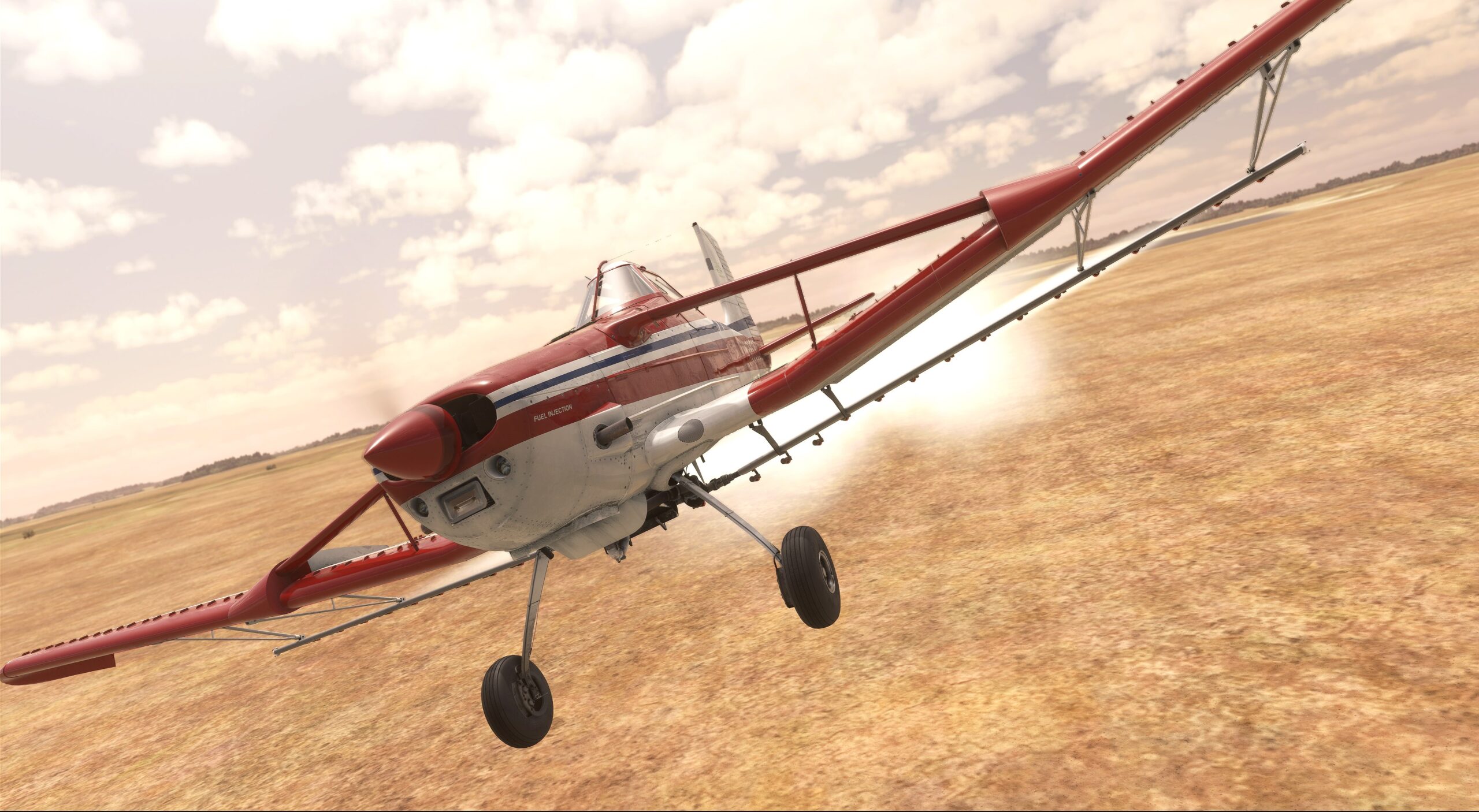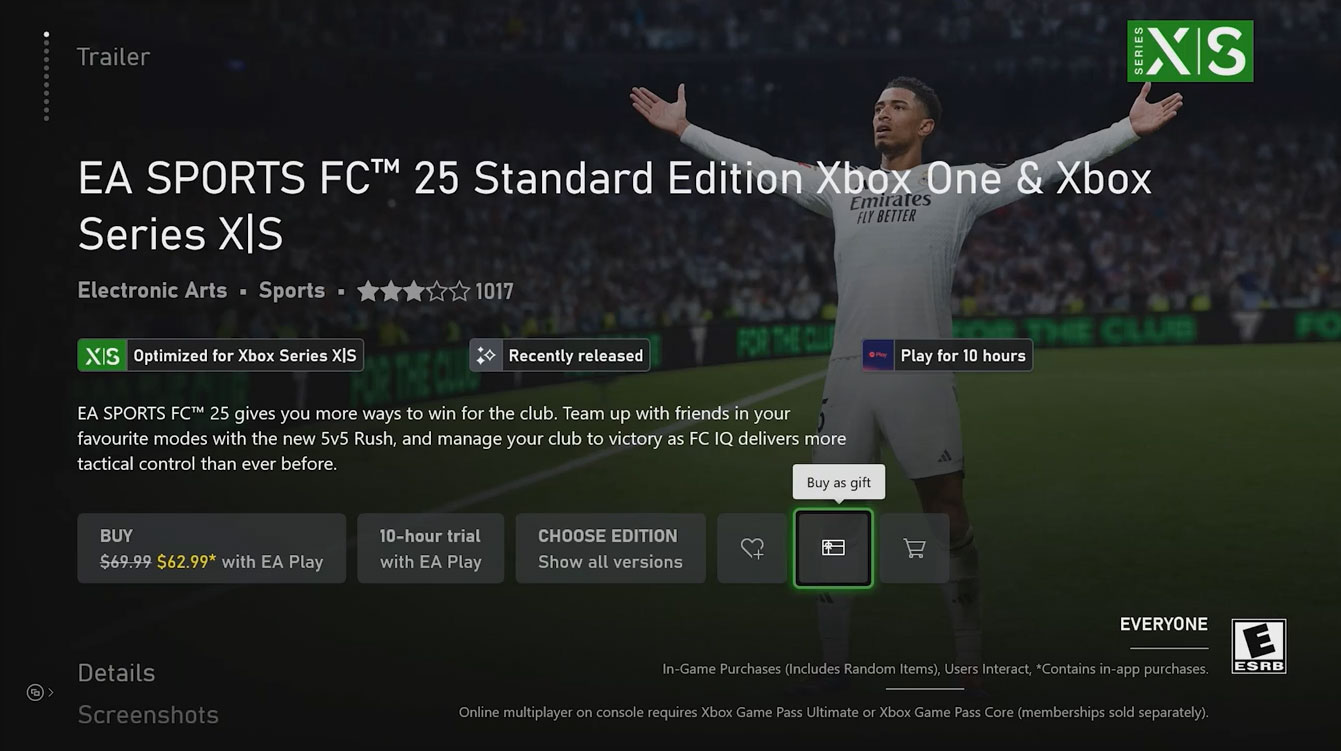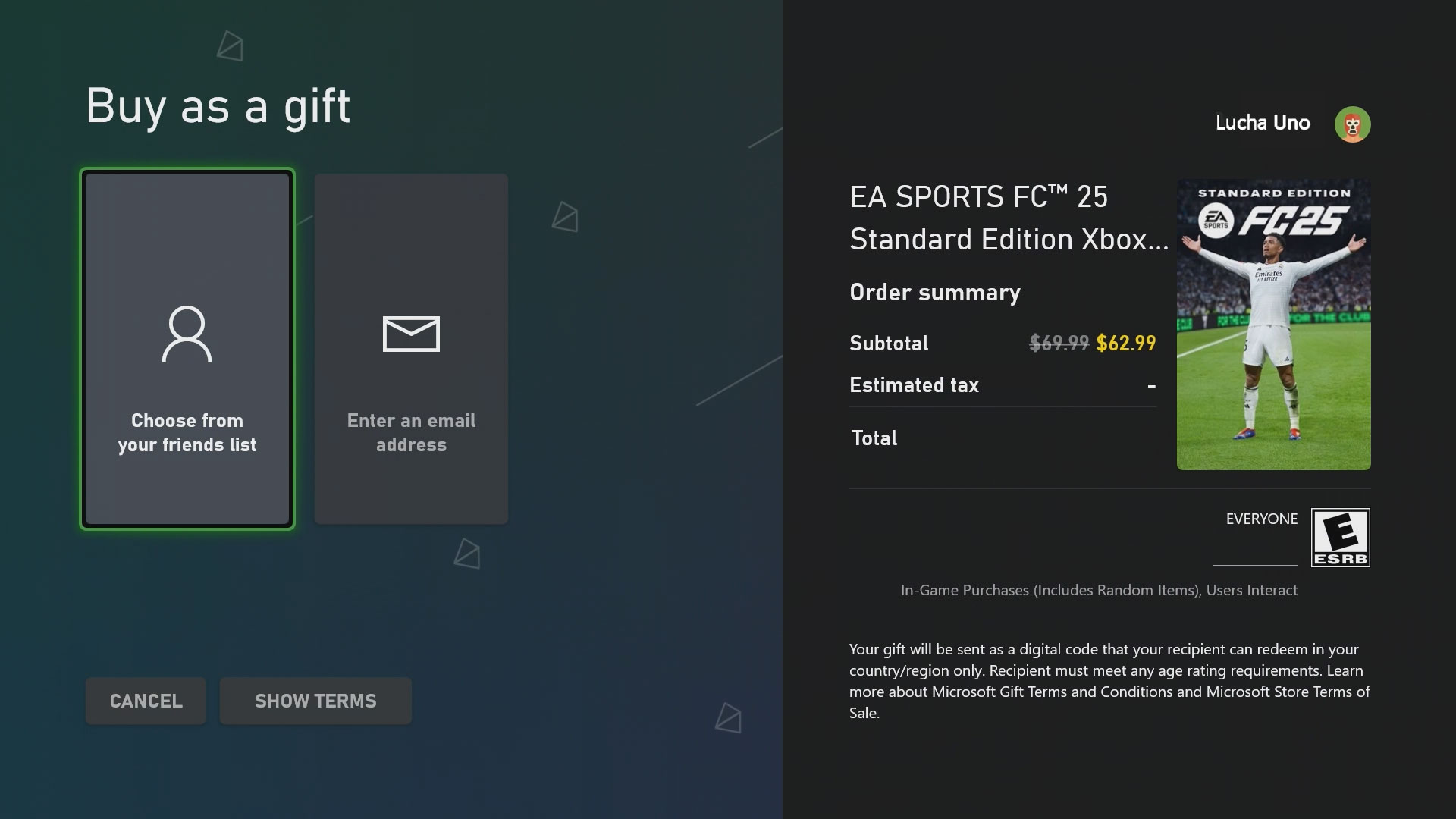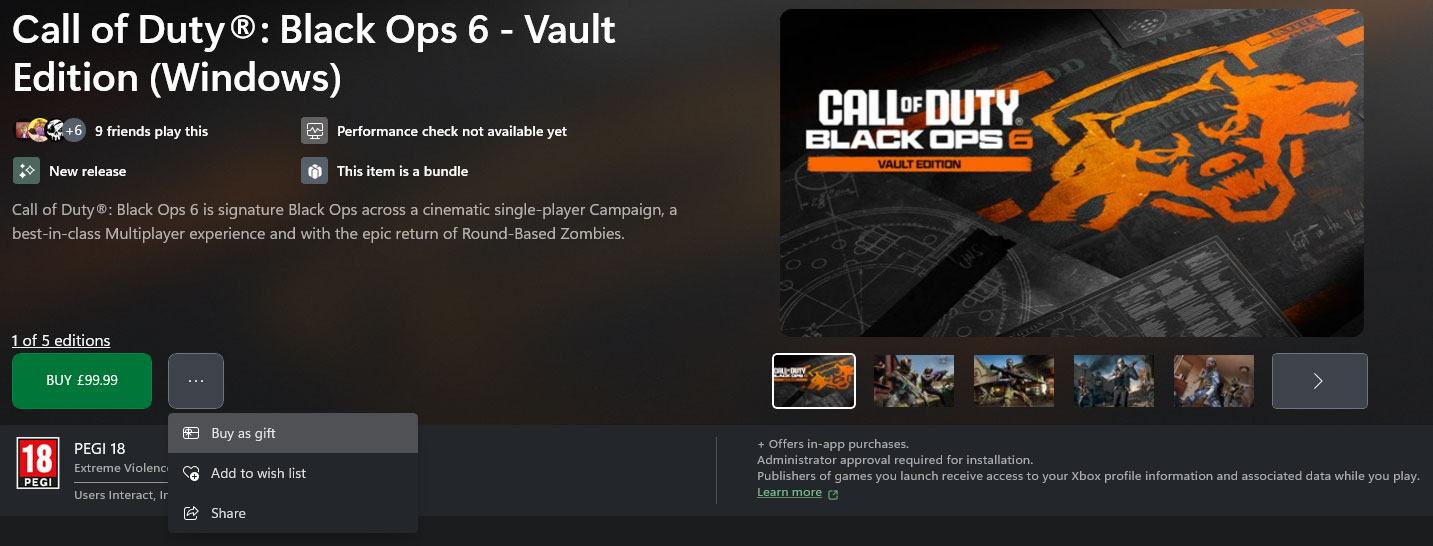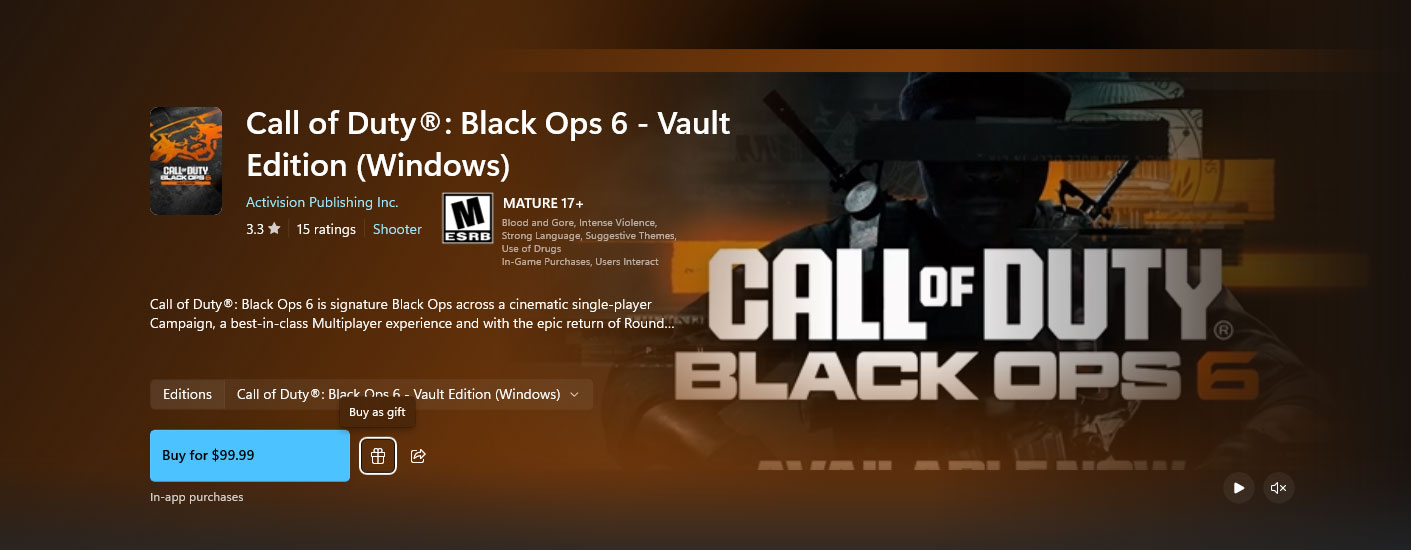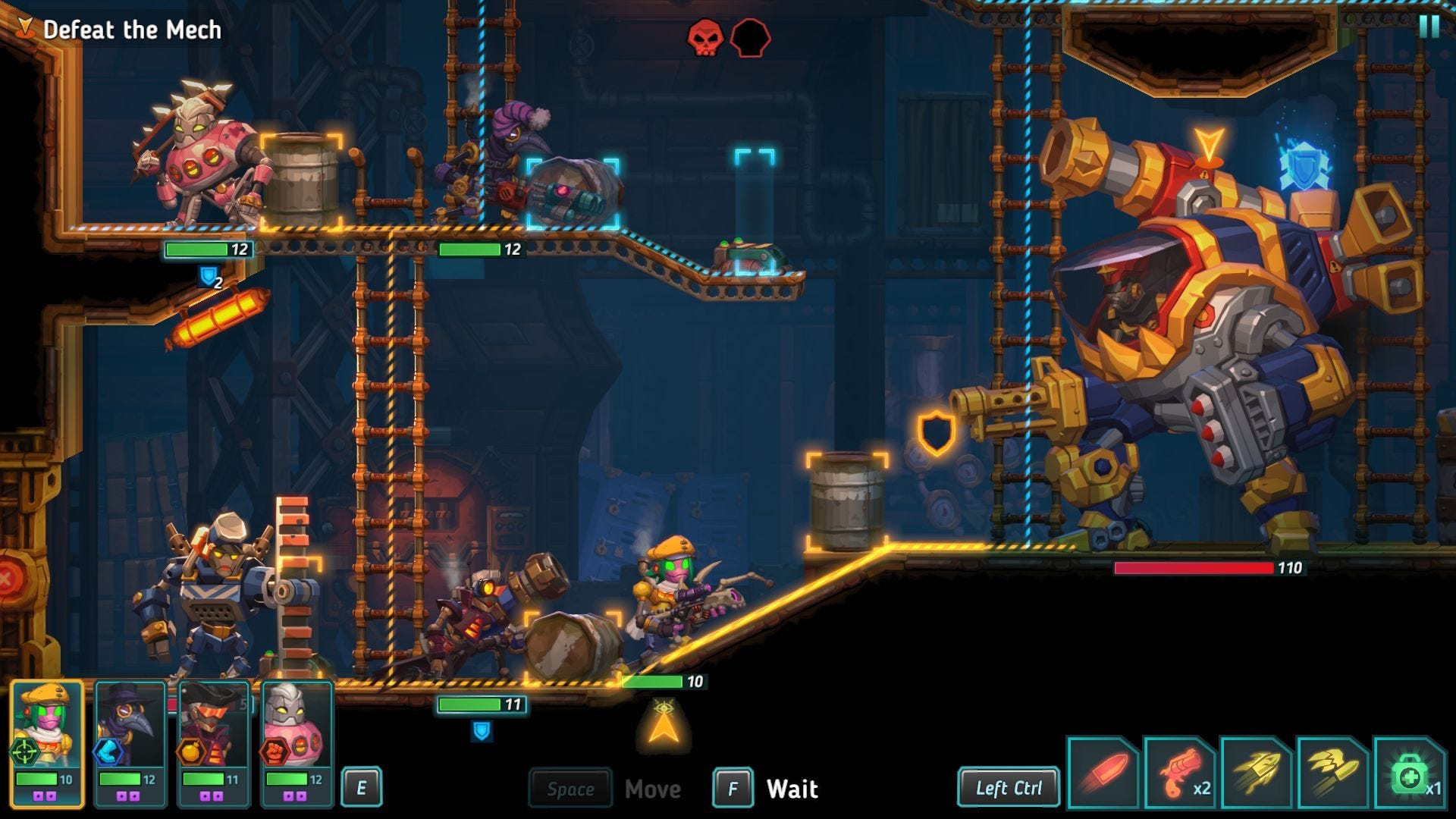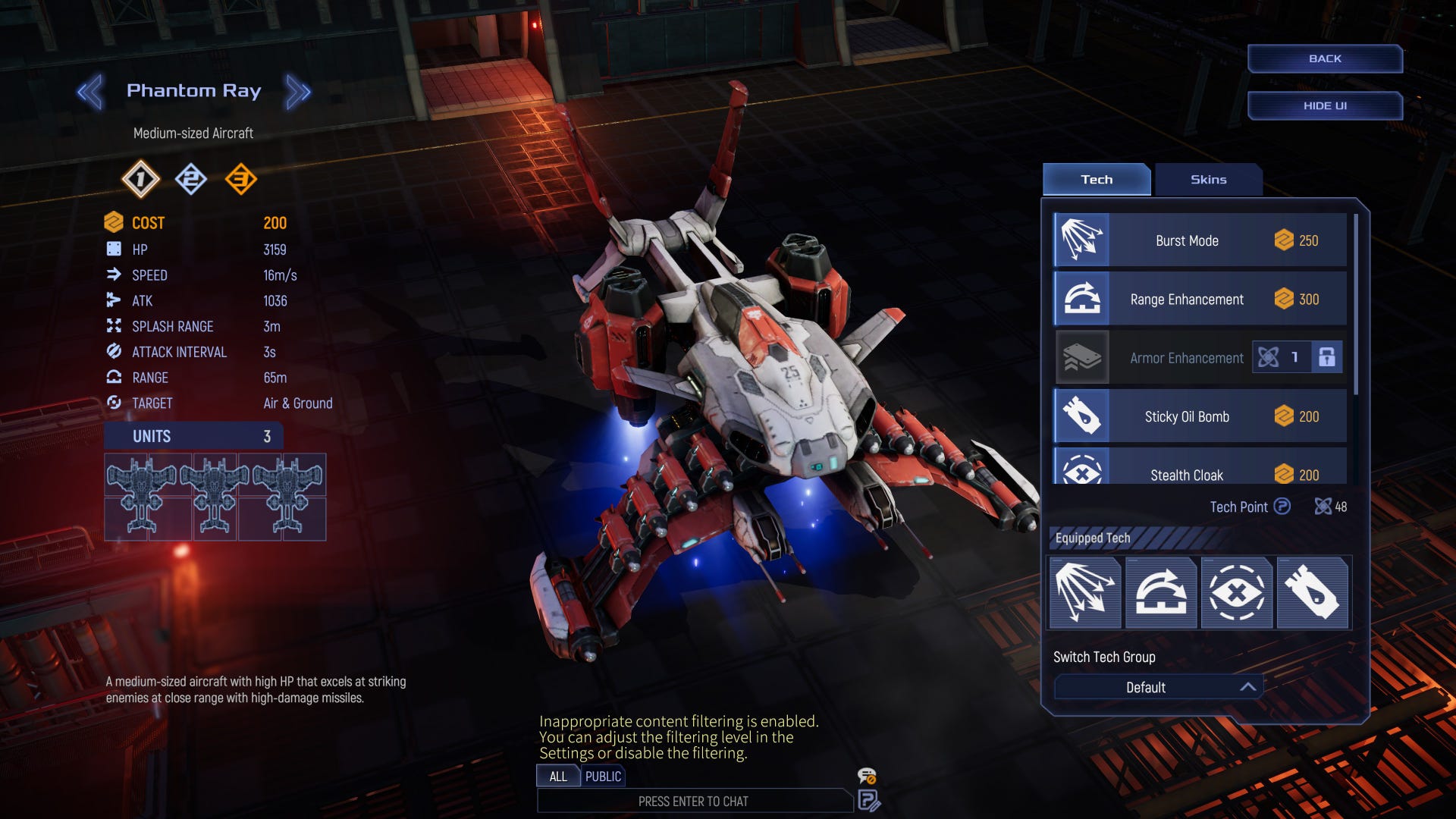It was inevitable: Call of Duty: Black Ops 6 now has wild, out-there soldier and weapon skins with the launch of Season 1 — skins it was always going to get given what’s gone before in previous Call of Duty games — but that hasn’t stopped fans from lamenting the end of the game’s Gulf War-themed Honeymoon period.
To be clear, there is no surprise here. Indeed, Black Ops 6, which is set in the early 90s, launched with various Zombies-themed soldier and weapon skins, including a robot, but they were at least lifted from the Zombies story.
Now, it’s open season on cosmetics, and Activision has gone hard with operator skins based on dragons, a shark, and even a raccoon.
If you’re playing Black Ops 6 Multiplayer for Season 1 you’ll have no-doubt spotted these outlandish skins out in the battlefield. Already there are many options, but there is one the community has zeroed in on, included with the super expensive Tracer Pack: Draconic Forge Mastercraft.
For 3,000 COD Points, or around $30, you can buy a bundle that turns Westpoint into a Dragon Knight. Now, it’s worth noting you also get new dragon-themed weapon skins, a new finishing move, emote, and more virtual gubbins with this bundle, but it’s the operator skin that’s of most interest.
As you’d expect, the Dragon Knight stands out on the battlefield, not just because of that garish green but because, well, it’s a Dragon Knight, not a tier one operator trying to do their best to survive. It’s silly, but let’s remember Call of Duty has in the past let you play as a stoned sloth.
The Dragon Knight has rekindled a long-running debate about realism in Call of Duty. There are some players who hate what they call the ‘Fortniteitifcation’ of Call of Duty, and much prefer a more grounded, realistic look to their teammates and opponents. Others aren’t bothered either way. Some love it (you can tell, because lots of players buy this stuff).
“I wish I could just opt out of seeing stupid battle pass skins and kill effects,” redditor TacCoyote declared. “Won’t happen because they want people to see those skins in case they might get tempted to buy them,” GodHand7 replied. “These ridiculous skins and guns are going to have the opposite effect on me and make me not play the game,” added Fraegtgaortd.
“Please let us turn off cosmetics!” redditor TheShadowWanderer pleaded. “If you want that stupid shit, whatever, but let us disable that garbage. I don’t need to see dragons and lasers all over the map. Can’t we just go back to pre-season? At the bare minimum disable all the stupid effects on our end, if you want to have an epileptic fit on your end that should be your problem.”
One redditor, Thelastfate, went as far as to say they would be willing to pay $20 not to see these sorts of cosmetics in-game.
“… hell I’ll even pay $20 for this option to help pay for the reduced sales of cosmetics if it allows me to enjoy the game to the fullest extent and not feel like I wasted $100 on a game that will soon look like every other garbage cosmetic filled game,” they said.
Another concurred. “I‘d pay to not see other players‘ skins / tracer rounds,” aizendoto said. “I don‘t know why the skins in CoD have escalated to this degeneracy, it’s – Oh I know! Because people buy this dogshit for some reason, I thought Nicki Minaj was the peak of dogshit but today I log on and there is a green glowing dragon that has huge wings and shoots light green explosions that literally make you see NOTHING on impact.
“I feel like im playing some asian gacha RPG game when I look at some of these lobbies. Was nice to play a ‘normal‘ CoD for a couple of weeks, seems we are back to the absolute cancer skins / tracers and useless clutter everywhere now. I really thought this was gonna be an enjoyable COD for me again since a long time but wcyd.
“I‘d pay them literal money so I wouldnt have to endure this nonsense.”
Activision won’t stop, of course. Not only is Black Ops 6 a full price game, but it’s a live service designed to swell the company’s coffers with recurring income. I expect the Dragon Knight is certainly doing his part.
Taking on Zombies mode? We’ve got Essential Zombies Tips and Tricks to help you get started, plus a guide on How to Exfil. Both Zombies maps are full of easter eggs and secrets; here’s everything we’ve found in both Terminus and Liberty Falls, including How to Pack-a-Punch in Liberty Falls and How to Get the Meteor Easter Egg in Terminus.
Wesley is the UK News Editor for IGN. Find him on Twitter at @wyp100. You can reach Wesley at wesley_yinpoole@ign.com or confidentially at wyp100@proton.me.


